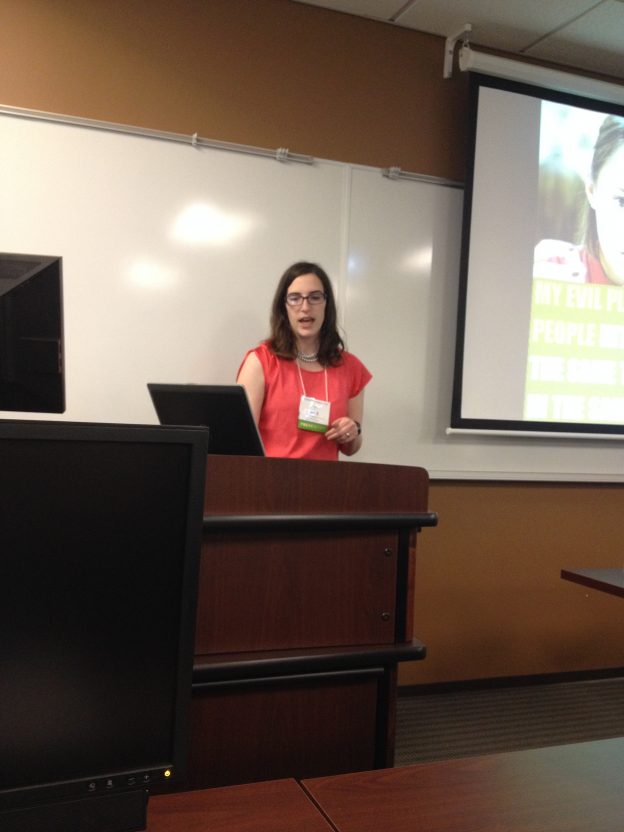I like to use cases in my classes. I especially like to make cases that reflect things happening in my community. There’s a very large innovation district project happening in my community. It’s a really interesting project from a couple of different perspectives. I for one have never heard of a university leveraging Tax Increment Financing, especially not for improvements to state street that happened before they were recruited into the area (I’m a bit of a planning and budgeting nerd if you can’t tell).
I originally made this assignment when I was designing my Greater Lafayette greater class 1.0, which was a branded version of MGMT 175 learning community class. This was one of the easy first assignments to make fit the more local feel while still leveraging something that students may know quite a bit about: Purdue University.
This project also has another one of my favorite concepts, which is the idea of implied logic. The idea of the assignment is that you should built a method for how you are going to look at a problem, then you should use that same logic. It can be surprisingly easy cognitively to make a decision making framework and then not use that framework when make decisions. This project encourages students to make a framework for how to make their decision, and then make sure they check it so that they can figure out where they want to go. It’s really interesting because it’s very easy to go through the full project of making a framework and then not use that framework when they make their decision.
This project is a bit old, I haven’t used it since the fall, so some of the facts and figures may be a little out of data. Pictures data from Purdue’s website.
Enjoy!
Group Challenge 1: Manufacturing is King
Purdue is an important part of the Greater Lafayette area economy, as it employs the largest number of people in the Greater Lafayette area. However, private companies are also an important aspect of the economy, and manufacturing makes up the largest percentage are private companies.
For this Challenge, you will investigate the feasibility of a collaboration between Purdue and one of these large companies. Purdue plans to turn one of the larger fields on the outer edges of its campus into a research park. It wishes to invite one of the following companies to join the park. Due to space and budget limitations, it wants to choose only one collaborator. Purdue wants someone who will employ a large number of locals. These could be people previously employed by other companies, or unemployed members of the community. It also wants to choose a company with a good outlook for the long term (high probability by profitability), as this project will involve a sizable investment by Purdue in a new location.
Suggestion for breaking up time:
9:30-9:50 three group members each take a team and look up the companies in the financial databases. The third team finds the company websites.
9:50-10:00 Group members check each other’s work and also scoring companies
10:00-10:10 Members discuss question 3 and 4
10:10-10:20: One student writes up 3, another 4. Submit.
- In one of the library databases (Mergent, Privco, or OneSource), find the report for each of following companies: Wabash National, Alcoa, and Cargill.
In which database did you find this company?
What kind of company is it… private, public, or subsidiary?
How large is the company in terms of employees?
Take a look at the past 3 years of net sales, net income, or revenue. Have these figures gone up or down?
Google the company and find the recent news on the companies’ website. Is there anything that would make them a good fit for Purdue? (Examples are awards, sustainability, growth, etc)
Overall, how easy was it to find information on this company?
- After you have completed this for the three companies, bring the information together and score the three competitors in terms of size of budget, outlook for the company, demographic fit, and transparency (1-10, with 1 being low). Put you numbers below. Create a bar chart to illustrate your recommendation.
Wabash National:
Size:
Outlook:
Fit:
Transparency (How easy it was to find information about the company):
Alcoa
Size:
Outlook:
Fit:
Transparency (How easy it was to find information about the company:
Cargill
Size:
Outlook:
Fit:
Transparency (How easy it was to find information about the company:
- As a group decide on a weighted ranking. What is most important? The size, the outlook? Fit? Write a 50-100 word rationale.
- Decide: Write a 100 word recommendation: Who should Purdue partner with? You can base this on size, outlook, fit, or all four.
Turn in on Blackboard what you have by the end of the class period.
 on the board. I usually google it (pictured), though I am sure that there are better ones on the internet. I do this for a couple of reasons. It helps students keep the time. That’s really important. Second it helps me keep the time. Third, everyone can see it. It’s not disputable.
on the board. I usually google it (pictured), though I am sure that there are better ones on the internet. I do this for a couple of reasons. It helps students keep the time. That’s really important. Second it helps me keep the time. Third, everyone can see it. It’s not disputable.



